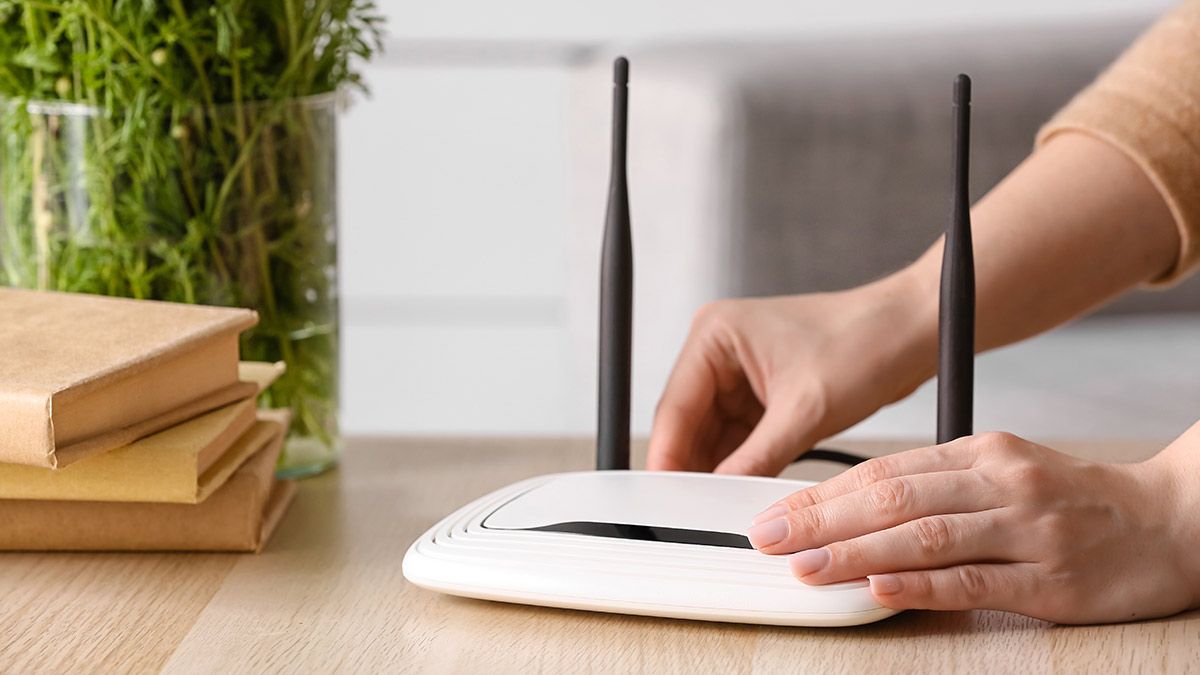Quick Links
When your internet experience is lackluster, your impulse might be to upgrade your internet package to a faster speed. But here's why you should consider upgrading your network gear, not your internet connection.
Treat Internet Access Like a Utility Service
In discussions about the internet, especially political debates about funding infrastructure, you'll often hear people talk about how the internet should be considered a utility like electricity, water, and other staples of modern life.
That comparison holds up not just in national broadband debates but when looking at how to get the most from your internet service, too.
Upgrading Your Internet Is Like Upgrading Other Utilities
If we take a moment to look at home internet access in the same light as we would look at electrical service or water service, it becomes very clear why upgrading your internet package to the highest speed tier isn't usually the best way to get a better experience.
Let's say, for the sake of example, you have an older home with mid-century electrical wiring and old galvanized pipes---not exactly an unusual situation for a lot of people. You could call your electric company and ask them to upgrade your home by dropping in a new smart meter rated for 200A. You could also put in a service request to get the ancient water main outside your home updated by the water utility.
But neither of those things are going to fix or upgrade anything inside your home. The electrical meter might be rated for 200A, but if your home's main service panel is only rated for 100A and your home is mostly wired with ancient varnished-cloth wiring, how are you going to benefit from the better "connection" to the electrical grid?
The same thing goes for the city ensuring the water connection to your home is in tip-top modern shape. That's great, but if everything from the main valve in your house to all the fixtures is a mess of corroded and partially occluded old galvanized pipes, you're still going to have issues with low pressure and such.
The Solution Is Usually Better Hardware
The solution to your problem in both cases isn't paying extra to get more and more electricity or water pushed to your home because the bottleneck isn't usually the limitations of the utility company. The bottleneck is inside your home, and the solution is upgrading your home infrastructure to make better use of the service you already have.
Like water and electricity, more internet bandwidth is only useful if you have a need for it and your home's infrastructure can support it. And when you reframe thinking about internet connectivity in that light, it makes sense why paying for faster internet won't just auto-magically fix all your home internet problems.
Upgrade Your Router, Not Your Internet Package
Assuming you have sufficient internet bandwidth for your needs---which, believe it or not, is really only around 50-100 Mbps for most households---you have what you need from your internet service provider for the "final mile" to your home.
Your Router Is More Important Than Your Internet Speed
At that point, just like with the water and electric service analogy, it's now on you to make the most of what you have. And in this case, you do that by upgrading the hardware in your home. The single most effective upgrade you can make? Your Wi-Fi router.
You could upgrade from a 100 Mbps connection to a 300 Mbps connection, then turn right around and call your provider and upgrade all the way up to a 1000 Mbps gigabit connection.
But in most cases, you won't see even remotely as big of an improvement as you would if you'd started the process by swapping out your old Wi-Fi router with a new model. We recently told you to throw away your old router, and we meant it.
The old TP-Link router seen in the photo above, for example, might have been sufficient when it came out in 2005 back when Wi-Fi device density was low and undemanding, but it won't cut it today. Wi-Fi technology is constantly evolving and an old router with ancient Wi-Fi tech just can't keep up in households where everyone has a smartphone and every room has a smart TV or other connected devices.
Opt for a Router with Modern Features
Whether you opt for a premium Wi-Fi router with all the bells and whistles or even just upgrade from an old budget router to a new budget router that at least uses current standards, you'll significantly improve your general user experience in a way that simply cranking up your internet connection can't.
And while you're contemplating upgrading your Wi-Fi router, consider not just upgrading the router but jumping from one type of router platform to another.
A single stand-alone router can be a good fit for an apartment, smaller home, or even a larger home with a compact footprint, but for sprawling homes, it makes a lot more sense to skip the single access point setup a stand-alone router offers and jump to using a mesh system. With something like the Eero 6 system, you can get whole-house Wi-Fi 6 coverage for around $200.
In light of that, it doesn't really make sense to throw money at upgrading your internet if upgrading your router is actually the thing that would make your user experience better. After all, if it costs even an extra $20 a month to bump up to the next internet package, you'll spend $240 in the first year alone. That's more than enough to purchase a great router. And, even if you end up deciding to upgrade your internet speed later, you'll still be ahead because you'll have a better Wi-Fi router to use with it.


